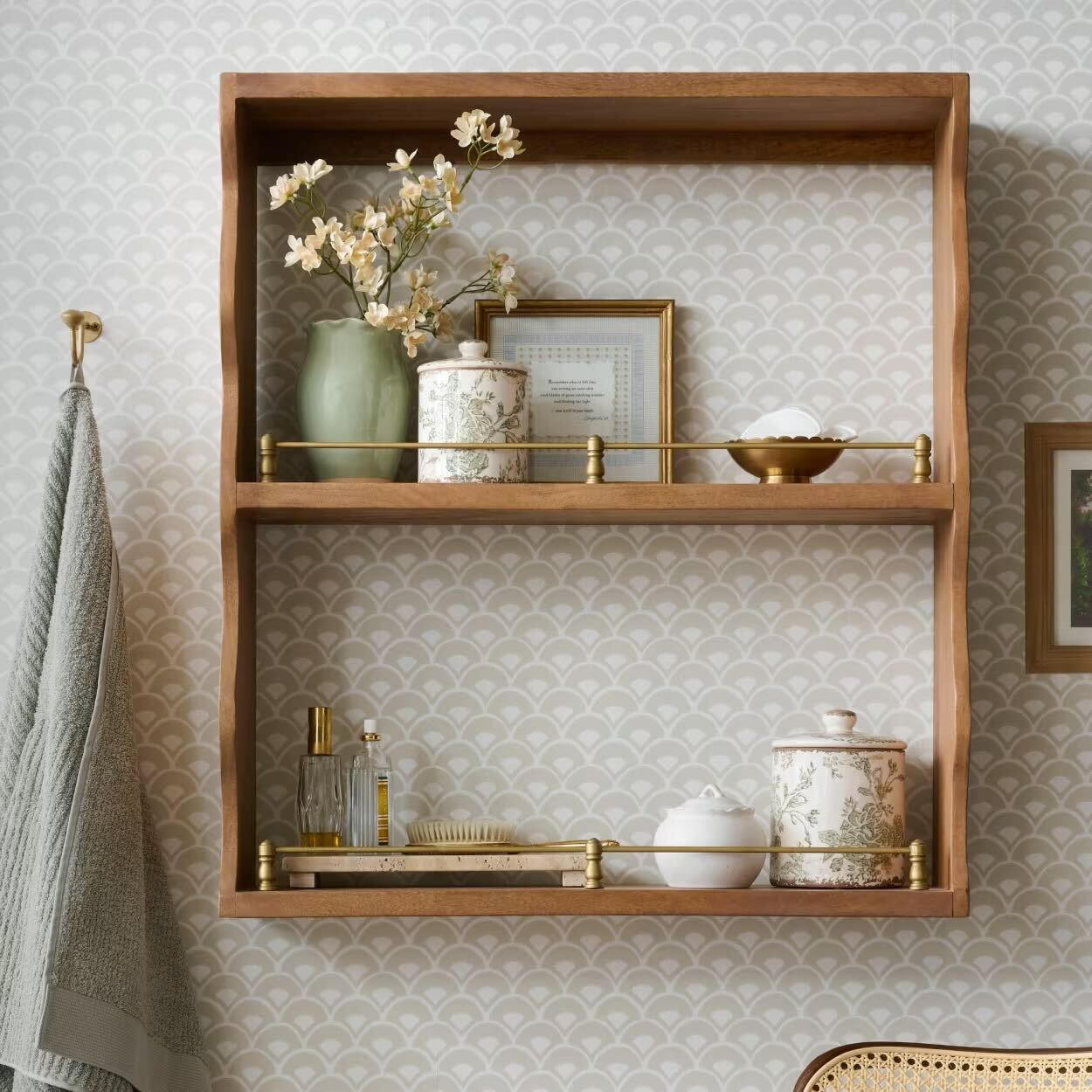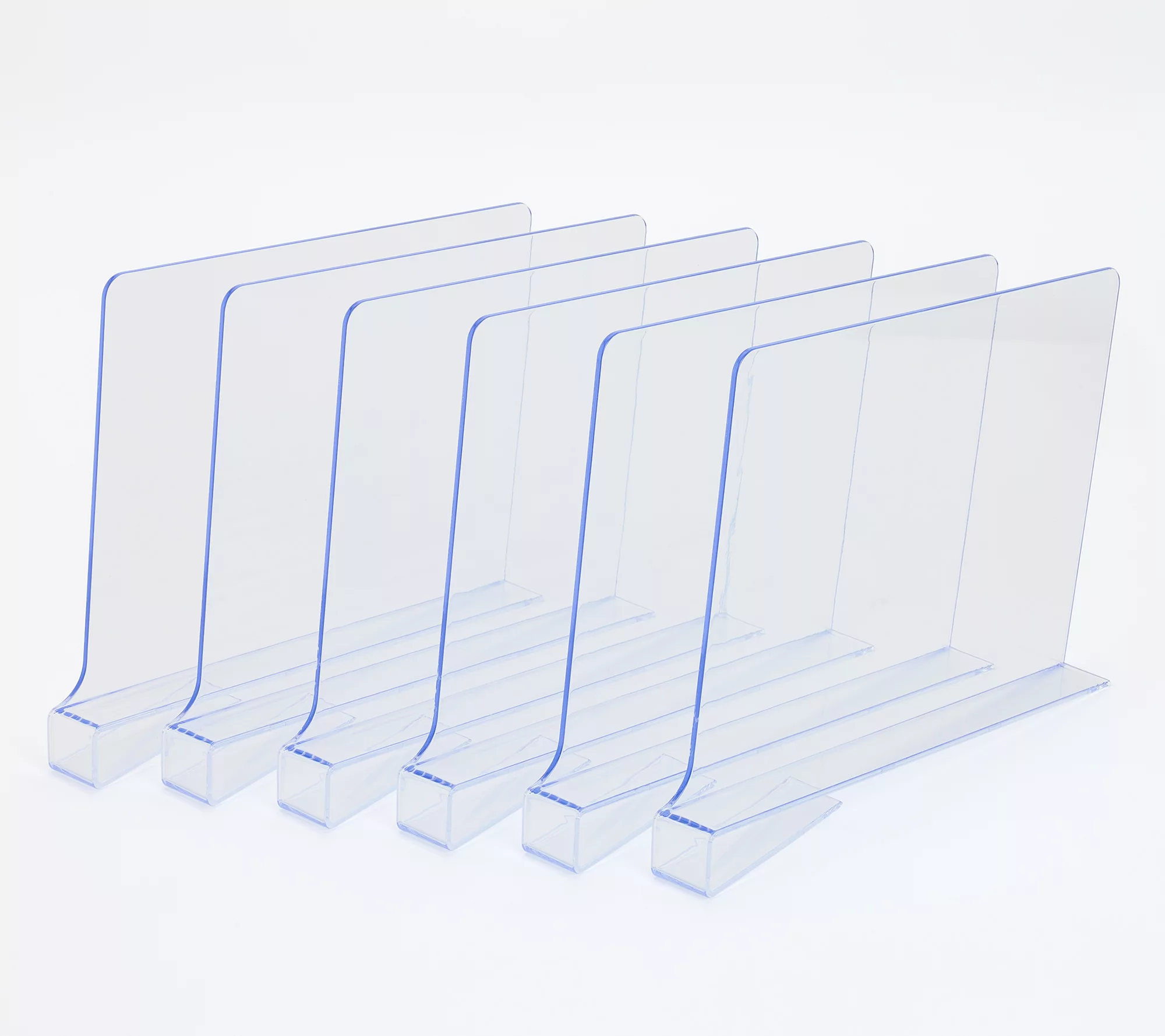
Decluttering can sometimes be really difficult, and when you're faced with an entire life worth of possessions, where and how do you even start? As feelings of overwhelm start to set in, you may begin to believe it's easier to continue as you are and declutter another time.
This is where 'inyo-onyo' comes in: an interesting idea woven into Japanese culture that may provide you with exactly the mindset shift you need to begin decluttering with lasting impact.
Focus on the empty space obtained from decluttering instead of the items you'll be removing, and you'll be surprised by how powerful changing your focus can be. Turbocharge your decluttering with these expert tips and insight on inyo-onyo.
What is 'Inyo-Onyo'?

'Inyo-onyo' refers to the idea of 'empty space' and the sense of tranquility a person can acquire when they strike a balance between vacant and taken space.
Kamila Hankiewicz of Oishya, a Japanese kitchenware company striving to create long-lasting goods so people can do more with less, says, 'The concept of inyo-onyo offers fascinating insights into decluttering. In Japanese aesthetics, emptiness isn't viewed as an absence but as a vital presence that gives meaning to what surrounds it – much like the white space in traditional ink paintings that brings the brushstrokes to life.
'This principle translates beautifully to modern homes, where thoughtful spacing between objects allows each piece to be properly appreciated and utilized.'

Instead of filling your shelves from one side to the other, use clear shelf dividers to end a pile of books or other items and leave empty space in the area for better visual balance.
How does the idea of 'inyo-onyo' relate to decluttering?

Inyo-onyo and the act of decluttering connect in a very mindful way, so if you're looking for a slower-paced, reflective form of decluttering your home instead of a quick, large purge, it's definitely worth a go.
Laura Coufal, home organizing and decluttering expert, and owner of The Simple Daisy, explains, 'The Japanese concept of inyo-onyo is a representation of how everything in life functions best when in balance with its opposite value. Too much or too little of anything takes us out of balance with nature, and it's no different when it comes to our possessions and our home environment.
'This is because in Japanese culture and lifestyle, empty space and non-attachment isn't perceived as someone lacking something. It is instead appreciated for the way it puts what matters into perspective. Each piece can then be properly appreciated and utilized.'
Karina Toner, operations manager and a professional cleaner at Spekless, applies the idea of empty space well to clutter that's typically found on household surfaces. She adds, 'Empty space, referring to the deliberate choice to leave areas of a home unoccupied or minimally used, allows household surfaces to maintain a sense of calm, order, and purpose. With fewer items, every belonging is more functional and intentional, creating a home that works efficiently.'
So, the idea of inyo-onyo can be used as a strong motivator to declutter as it shows you how much more efficient, balanced and calm your home can feel and be with less. It's somewhat akin to essentialism, but less rigid.

This set of three storage boxes not only has easy-lift handles, but are collapsible when not in use and can blend in as decor when they are. Choose from eight colors and patterns.
How to declutter your home using the idea of 'Inyo-Onyo'

When seeking to declutter your home using inyo-onyo as a guiding principle, it's important to take your time and evaluate the role of each item in your life. What purpose does each item serve? Do they bring you happiness and add value?
While looking around your rooms decluttering as you go starting with one shelf, drawer or zone at a time, ask yourself these kinds of questions to set yourself up for a successful decluttering session. Then, when it comes time to placing items back where they belong, don't try to cram as much as possible onto your shelves or storage. Instead, allow your possessions to breathe.
'The key is maintaining breathing room between items, allowing each piece to stand on its own merit,' says Kamila.
Having less in this way also allows you to take better care of what you own and truly love – your items will be less likely to get damaged, gather mold or become lost as you'll know what you have and where you have it.
Though, there isn't a set in stone method to go about this, cleaning expert Karina Toner breaks down what a step-by-step process to approaching decluttering your home with inyo-onyo's 'empty space' concept in mind could look like:
- Visualize your ideal space: Imagine a calm, open home. Decide which areas you’d like to keep uncluttered, such as counters, shelves, or the entryway.
- Start small: Choose one category, like surfaces or a single room. Clear items you don’t use or need.
- Apply the rule of balance: Keep only essential and meaningful items. Avoid filling every corner – leave some areas intentionally empty.
- Reevaluate frequently: Revisit decluttered areas weekly or monthly to ensure they stay clutter-free.
- Storage solutions: Use hidden storage ideas to keep essential items out of sight, maintaining the appearance of empty space.

Use underbed storage to store stuff you're not quite ready to part with, but no longer want or need out on display. This will clear space in your main living areas without leaving you with decluttering regret.
Karina likes the vtopmart 6 pack of clear stackable storage bins with lids from Amazon as a means of neat, accessible storage. But if you'd rather opt for something opaque to conceal your possessions, Amazon's large 17" 36 quart collapsible stackable storage bin 3 pack is simple, unobtrusive and can tuck away a lot of items.
Who may struggle with inyo-onyo decluttering?
If you're already a minimalist or someone living alone, in control of their entire space, inyo-onyo may be a bit easier to implement into your life. However, if you love decorating with maximalism or have children whose toys and games find their way into every corner of your home, this method will probably prove more difficult.
That being said, anyone can undertake decluttering using inyo-onyo as a guide, as it doesn't have to be done in a set way. If you're a busy mom or grandparent, implementing the idea of inyo-onyo just in your bedroom to have an area of the home where you can go to and stand for a moment of peace might help your stress levels.
Or if you're a maximalist looking to space out what you love, perhaps go through your collections to see if there's anything you can pare down and then challenge yourself to display your items a bit further apart from each other in future.
'The beauty of inyo-onyo lies in its flexibility,' says Karina. 'It's not about creating a sterile or empty house but rather striking a balance that works for your lifestyle. Empty space becomes an intentional choice rather than a consequence of not having enough stuff.'
It is possible for decluttering to be taken too far, where you let go of items when you aren't ready or for the sake of owning less. These are the tell-tale signs it's time to stop decluttering to review before you have any regrets.







